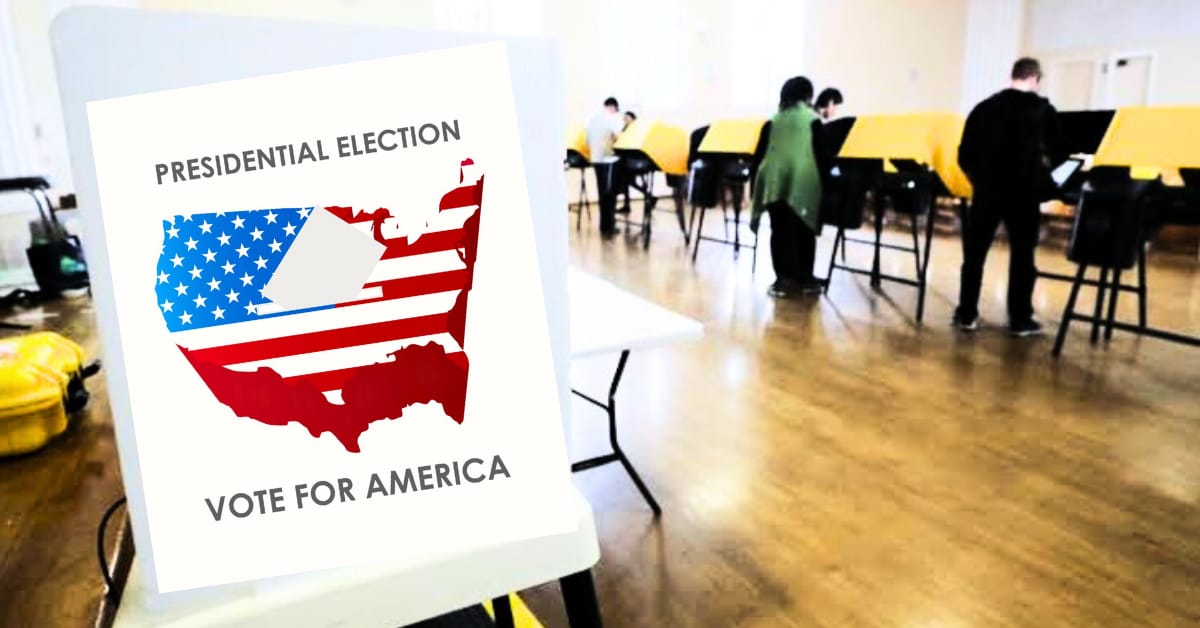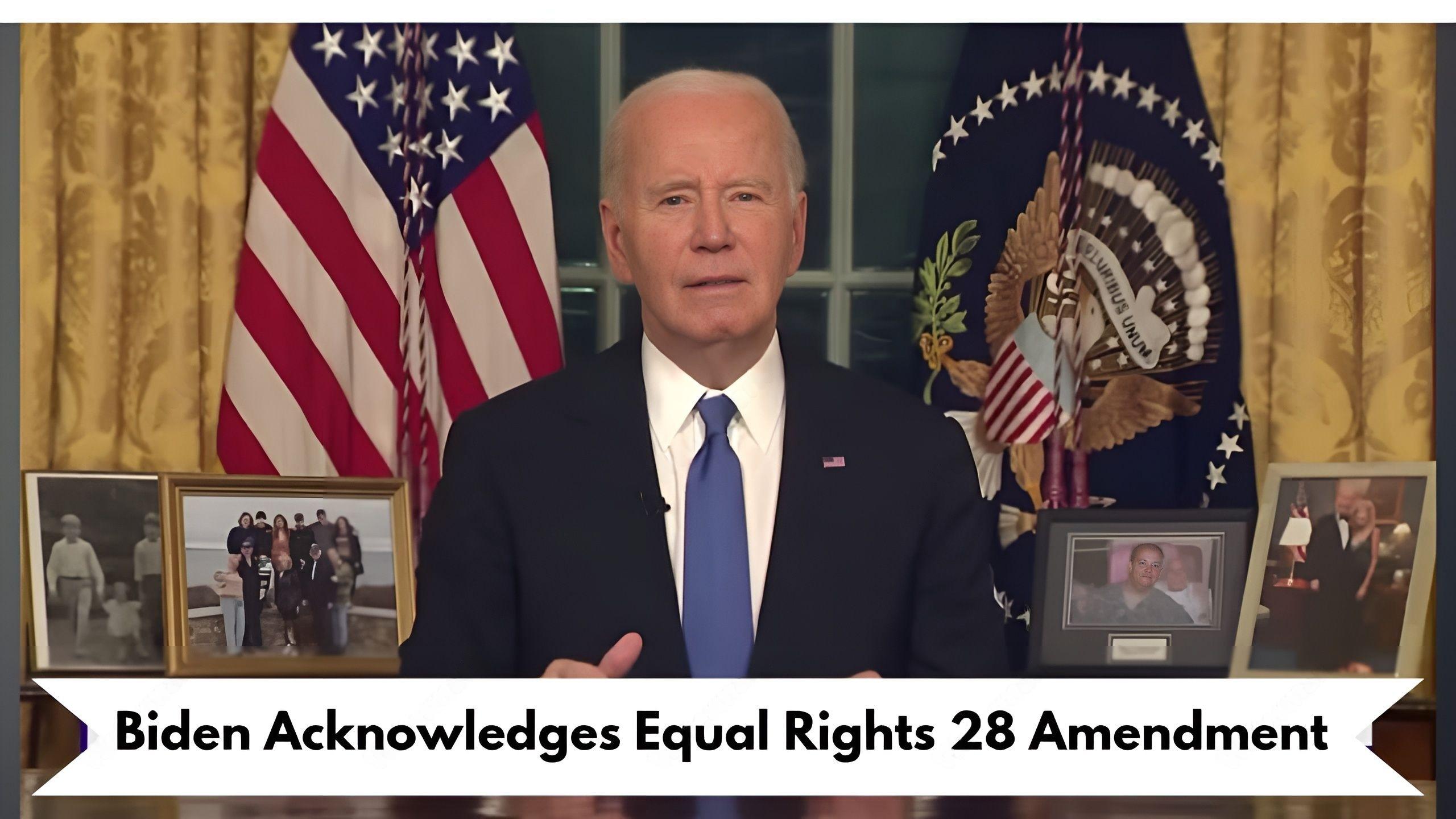Find out where to vote in the U.S. for the 2024 elections with this complete guide
As the 2024 elections approach, it’s essential for every eligible voter to know where to vote in the US and how to cast their vote. Whether you’re a first-time voter or a seasoned participant in the democratic process, this guide will help you navigate the voting landscape and ensure your voice is heard.
1. Check Your Registration Status
Before you can vote, confirm that you’re registered. Each state has its own process for voter registration, and you can check your status online. Visit your state’s election office website or use the National Association of Secretaries of State website to verify your registration.
2. Finding Your Polling Place
To find out where to vote, follow these steps:
- State Election Office Website: Each state has a dedicated website where you can input your address and find your assigned polling place. This is usually the most accurate and up-to-date source.
- Local Election Office: If you have questions or need assistance, contact your local election office directly. They can provide details about your polling location and any changes that may occur.
- Voting Apps and Resources: Non-partisan websites like Vote.org and Ballotpedia offer tools to help you locate your polling place based on your address.
3. Understanding Voting Methods
In addition to knowing where to vote, it’s essential to understand the different voting methods available to you:
- In-Person Voting: This is the most common method. Check the hours of operation for your polling place, as they may vary by state.
- Early Voting: Many states offer early voting days where you can cast your ballot before election day. Early voting locations may differ from your regular polling place, so verify where to go.
- Vote by Mail (Absentee Voting): If you can’t vote in person, consider voting by mail. Request your ballot well in advance, and make sure to follow all instructions for completing and returning it to ensure your vote counts.
4. What to Bring When You Vote
Knowing what to bring can make your voting experience smoother:
- Identification: Some states require a photo ID, while others may accept non-photo ID or none at all. Check your state’s ID requirements before heading to the polls.
- Voter Registration Card: If you have one, bring it along to speed up the process, although it’s not always required.
- Proof of Residence: In some states, you may need to show proof of residence, such as a utility bill or bank statement.
5. Voting Rights and Resources
As a voter, you have rights. If you encounter any problems at the polls, such as being denied the right to vote or facing intimidation, contact the Election Protection Hotline at 1-866-OUR-VOTE for assistance. They provide support and can guide you through the process.
6. Plan Ahead
To make your voting experience as smooth as possible, plan ahead:
- Research Candidates and Issues: Familiarize yourself with the candidates and any ballot measures. Knowing who and what you’re voting for can help you make informed choices.
- Choose the Best Time to Vote: If voting in person, try to go during off-peak hours, like mid-morning or early afternoon, to avoid long lines.
- Track Your Mail-In Ballot: If you vote by mail, use your state’s ballot tracking system to confirm that your ballot was received and counted.
Conclusion
Voting is a powerful way to express your beliefs and influence the direction of your community and country. By knowing where to vote and preparing in advance, you can ensure that your voice is heard in the 2024 elections. Remember, every vote counts, so take the time to participate in this essential civic duty!
FAQ: Where to Vote in the U.S. for the 2024 Elections
Q1: How do I check if I’m registered to vote?
A: You can check your voter registration status by visiting your state’s election office website. Many states have online tools where you can enter your information to verify your registration.
Q2: What if I moved recently? Do I need to update my registration?
A: Yes, if you’ve changed your address, you must update your voter registration with your new information. This can usually be done online or by contacting your local election office.
Q3: Can I vote at any polling place?
A: No, you must vote at your designated polling place based on your registered address. If you go to a different location, you may not be able to cast your vote.
Q4: What are the voting methods available for the 2024 elections?
A: You can vote in person on election day, participate in early voting, or vote by mail (absentee voting). Each method has its own procedures, so be sure to check the options available in your state.
Q5: Do I need to bring ID to vote?
A: ID requirements vary by state. Some states require a photo ID, while others accept non-photo identification or do not require ID at all. Check your state’s specific ID rules before heading to the polls.
Q6: What should I do if I encounter problems at the polls?
A: If you experience any issues, such as being turned away or facing intimidation, contact the Election Protection Hotline at 1-866-OUR-VOTE for assistance.
Q7: Is there early voting in every state?
A: Not all states offer early voting, and those that do have different schedules. Check your state’s election office website for information about early voting availability and locations.
Q8: How can I track my mail-in ballot?
A: Many states offer ballot tracking services. After you submit your mail-in ballot, visit your state’s election office website to find out how to track its status.
Q9: What are the polling hours on election day?
A: Polling hours vary by state and can range from 6 AM to 9 PM. Be sure to check the specific hours for your polling place ahead of time.
Q10: Can I change my vote after I’ve cast it?
A: Once you submit your vote, it typically cannot be changed. If you’re voting by mail and haven’t sent in your ballot yet, you may be able to request a new one in accordance with your state’s rules.










